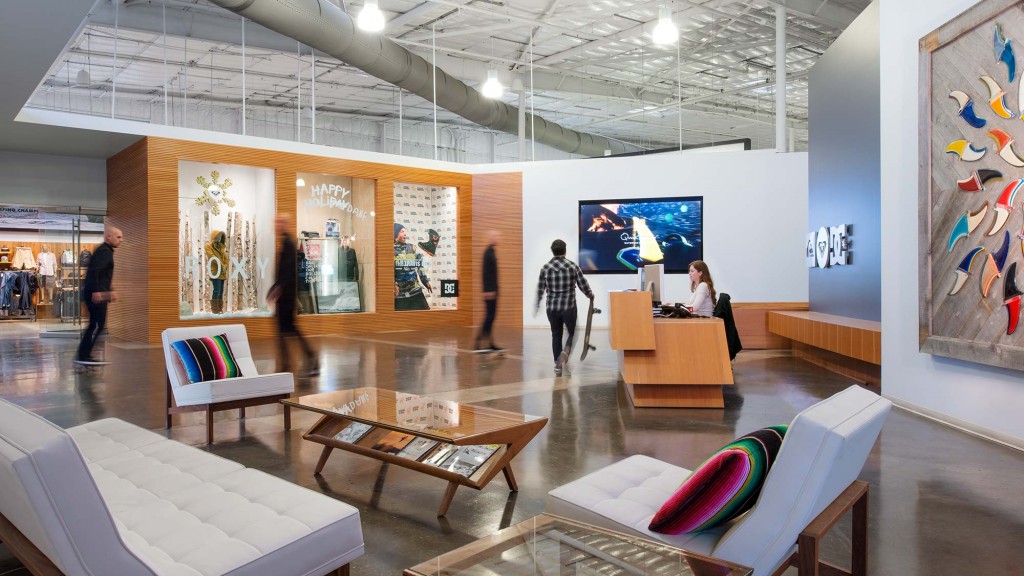Does your space reflect your organization’s culture?
WPI℠ Culture + Identity Module
What We Did
We developed a survey module for Gensler’s Workplace Performance Index® (WPI℠) tool to measure how well a workplace communicates the brand and culture of an organization and to establish a link between effective branding and business performance. Our goal was to develop a tool and metrics for making the investment return on branded workplace design more tangible, as well as to create a diagnostic tool for understanding employees’ personal values, perception of organizational values, and the connection between the two. We believe that a more in-depth understanding of employee and organizational brand and values is necessary to drive substantive discussions of how branded workspaces can drive performance.
We began by examining the documentation from hundreds of visioning sessions we’ve conducted with clients, in which we led a dynamic discussion to understand the attributes companies use to define their brand story. Based on this documentation, we collected a long list of attributes that we sorted by categories, which helped us define the common themes companies use to define their image, reputation, and character values. These formed the basis for our survey, but we also left the option to insert additional values to keep the responses open and company-specific.
The Context
Employees today see workplaces as a clear physical symbol of their company. By explicitly designing with brand in mind, we believe workspaces have the opportunity to connect with employees daily by communicating business priorities and organizational purpose. Equally important is the client and customer audiences who visit a company’s workspace. The workplace provides an opportunity to convey credibility and differentiation in their minds and forge a positive relationship with them.
The Results
We developed Gensler’s WPI℠ Culture + Identity, an online survey tool that takes employees through a series of questions about their organization and work environments as they relate to company culture. Respondents are given both visual and text-based questions to understand their current perception of company values and how well the current workplace is delivering on those values.
In the first application of our tool, participants reported a markedly high understanding of their company’s mission and a high sense of commitment to the organization. However, respondents generally reported that they believe that customers do not have a positive brand experience when they visit the company’s space. In addition, the majority of participants do not believe their current space is a great branding tool. This initial data helps tell a story we’ve identified with many clients—that many companies have missed a significant opportunity to bring the quality and storytelling of their workplaces into line with the commitment and values of their employees.
What This Means
Space is an opportunity to tell your organizational story. By using your workplace to promote your identity and culture, you can stimulate creativity, inspire new thinking, and provide employees with a sense of ownership and engagement.
Understanding culture and identity is about more than fix-it solutions. Understanding the way your brand is perceived and how your space supports that perception is also an opportunity to learn what’s already working, and make sure you don’t lose it as your space and company evolve.
Expressing culture is about more than a finish palette. Connecting your culture to the configuration and provision of your workspace is an opportunity to clarify organizational mission, catalyze connection, and differentiate from your competitors.
Employee buy-in goes a long way. Engaging your staff early and in a meaningful way is an opportunity to get early input and engagement with the design process— ultimately making the final product better.
What’s Next?
We continue to pursue opportunities to use the tool with new clients to build our database and quantify the connection between brand, culture, and high-performance work environments.
Learn More
Team
Deanna Francl, Andreas Andreou, Greg Nelson, Aaron Moulton, Laura Latham, Isabel Kraut
Year Completed
2011
Comments or ideas for further questions we should investigate?
